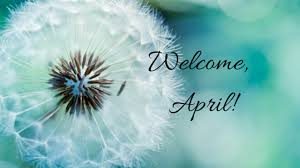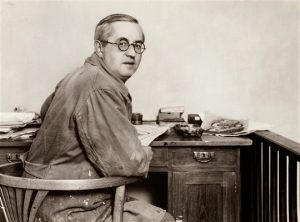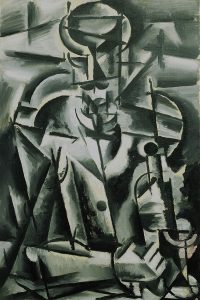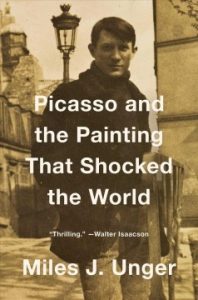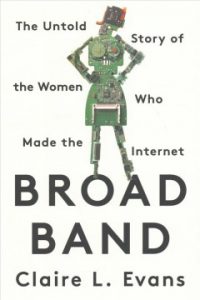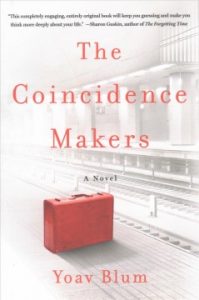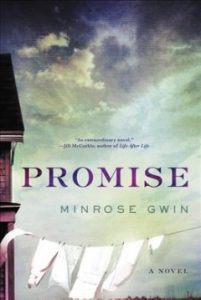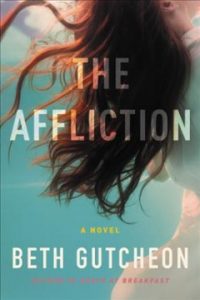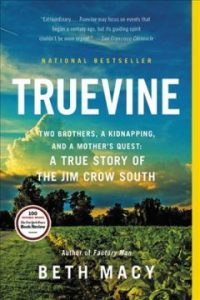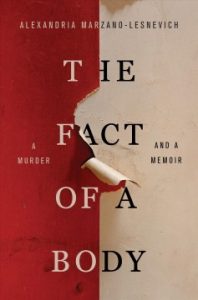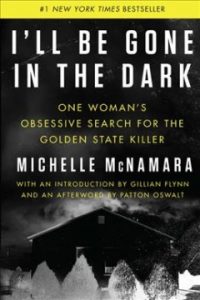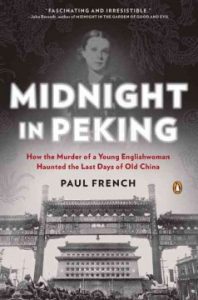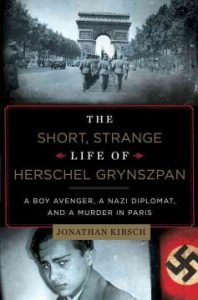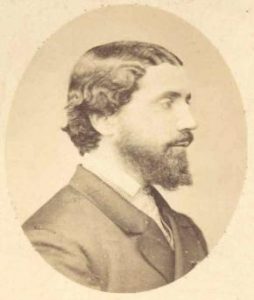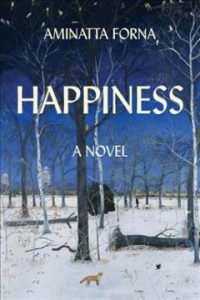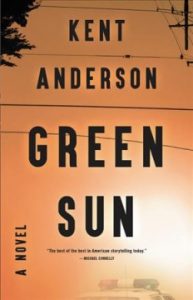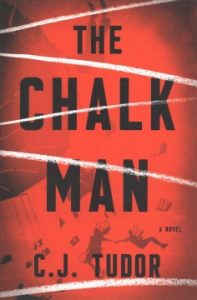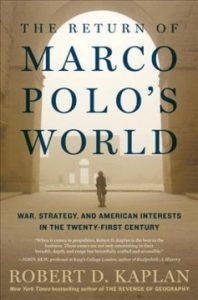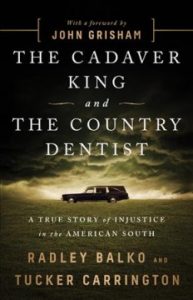As we mentioned here previously, we here at the Library are Resolving to Read (more…different….) in 2018, and tackling both Book Riot’s and Scholastic’s 2018 Reading Challenges. In the hopes of encouraging you to broader your literary horizons along with us, here are some suggestions for books that fall within the categories of the various challenges.
Today’s Challenge: Scholastic 2018 Reading Challenges
Category: Read A Book That Will Teach Me A New Skill

Oh my goodness, if you are in the mood to learn something new, there is literally no better place to get started than at the Library. That is quite seriously part of our reason for being in communities is to help people find things they are interested in and to learn more about those things!
The first step, of course, is thinking about what kind of skill it is you’d like to learn. Have you always wanted to learn how to grow your own fruits or vegetables? Or to knit? Perhaps you were thinking about making children’s toy as gifts or for profit? Or maybe learning a new language? We can help you out with all those goals–and many more, besides. If you’re having trouble coming up with an idea you like best, or if your wrestling with a number of different competing ideas, come by and talk to a member of our staff. We’re here to help!
Here are just a few books that are waiting on our shelves for you, eager to help you acquire new knowledge, to flex your muscles and your memory, and to create things that can bring beauty to your life and the lives of others. And please know this is only the tip of the proverbial iceberg!
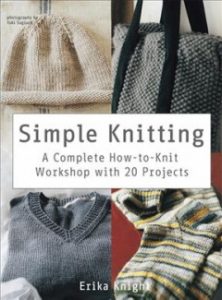 Simple Knitting : a complete how-to-knit workshop with 20 projects: There are lots and lots of books in the Library on how to knit, but, for my money, there aren’t many better than Erika Knight. Her attention to detail and her easy-to-follow instructions make the daunting prospect of learning how to knit into something that is both accessible and rewarding (and take it from a left-handed knitter, here, if she can teach me, she can teach almost anyone). This book also comes with a number of projects to make with your growing knitterly skills–projects that are both easy to make and easy to wear. These are the kind of gifts that make a whole holiday season worthwhile. And now is a perfect time to start working on those gifts!
Simple Knitting : a complete how-to-knit workshop with 20 projects: There are lots and lots of books in the Library on how to knit, but, for my money, there aren’t many better than Erika Knight. Her attention to detail and her easy-to-follow instructions make the daunting prospect of learning how to knit into something that is both accessible and rewarding (and take it from a left-handed knitter, here, if she can teach me, she can teach almost anyone). This book also comes with a number of projects to make with your growing knitterly skills–projects that are both easy to make and easy to wear. These are the kind of gifts that make a whole holiday season worthwhile. And now is a perfect time to start working on those gifts!

And for the experienced knitter looking to take on a new challenge, why not give brioche a try? There isn’t a better teacher out there than Nancy Marchant, and her book Knitting fresh brioche : creating two-color twists & turns offers a terrific tutorial (that the right- and left-handed amongst us can follow) as well as some fun projects to work on at the same time. There are directions in this book for basic brioche, as well as multi-colored and motif knitting, so you are sure to emerge from this book with oodles of new skills and projects!
 Natural Wooden Toys : 75 easy-to-make and kid-safe designs to inspire imaginations & creative play: Erin Freutchel-Dearing is a stay-at-home mom who taught herself how to make toys without any prior woodworking experience. In this book, she shows you how to acquire the same skills, with step-by-step instructions that lead to cute and creative wooden toys for children. There are no complicated tools needed for these projects: just a scroll saw, a palm sander, and a drill. Not only do these projects result in pitch-perfect gifts, but studies have shown that working with your hands reduces stress, focuses concentration, and leads to even greater leaps of creativity. Just think what you can achieve after mastering wooden toys!
Natural Wooden Toys : 75 easy-to-make and kid-safe designs to inspire imaginations & creative play: Erin Freutchel-Dearing is a stay-at-home mom who taught herself how to make toys without any prior woodworking experience. In this book, she shows you how to acquire the same skills, with step-by-step instructions that lead to cute and creative wooden toys for children. There are no complicated tools needed for these projects: just a scroll saw, a palm sander, and a drill. Not only do these projects result in pitch-perfect gifts, but studies have shown that working with your hands reduces stress, focuses concentration, and leads to even greater leaps of creativity. Just think what you can achieve after mastering wooden toys!
 Apartment Gardening : plants, projects, and recipes for growing food in your urban home: Hey, we’d all like to live in a world where we can wander among the lush fields and have lots and lots of space to grow the food we need. But that’s not the case for many (most) of us. But Amy Pennington’s book offers a number of creative solutions for those looking to grow more of their own food, even if space is at a premium. Whether you’re a veteran gardener or a novice getting your hands dirty for the first time, this book provides hands-on advice to start using urban space in a sustainable, efficient, and inexpensive manner. From the right containers to use to choosing your soil, this book guides you through the growing process, and even offers advice for how to prepare your newly-grown goodness. In fact, the recipes and illustrations in this book are inspiration enough to want to give Apartment Gardening a try!
Apartment Gardening : plants, projects, and recipes for growing food in your urban home: Hey, we’d all like to live in a world where we can wander among the lush fields and have lots and lots of space to grow the food we need. But that’s not the case for many (most) of us. But Amy Pennington’s book offers a number of creative solutions for those looking to grow more of their own food, even if space is at a premium. Whether you’re a veteran gardener or a novice getting your hands dirty for the first time, this book provides hands-on advice to start using urban space in a sustainable, efficient, and inexpensive manner. From the right containers to use to choosing your soil, this book guides you through the growing process, and even offers advice for how to prepare your newly-grown goodness. In fact, the recipes and illustrations in this book are inspiration enough to want to give Apartment Gardening a try!
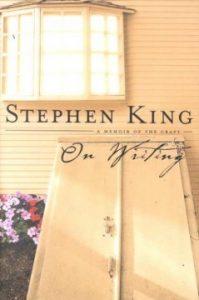 On Writing : A Memoir of the Craft : Part memoir and part guide to good writing, Stephen King’s incredible book discusses all the things that make an author’s work compelling and emotional and evocative. It is also a stunning book for reminding us why reading is such a fulfilling, meaningful, and deeply human practice. Those who love King’s fiction will savor this peek behind the curtain into his process, and may very well gain some tips in their own work. But this is a book that even those who aren’t King’s fans have loved, because it is such a clear and frank look at writing. For those looking to write or read more in the coming year, this is a reminder of why those things are so critical to us all. It’s also one of those books that feels like a long chat with an old friend, and for that reason alone, this is a book worth savoring.
On Writing : A Memoir of the Craft : Part memoir and part guide to good writing, Stephen King’s incredible book discusses all the things that make an author’s work compelling and emotional and evocative. It is also a stunning book for reminding us why reading is such a fulfilling, meaningful, and deeply human practice. Those who love King’s fiction will savor this peek behind the curtain into his process, and may very well gain some tips in their own work. But this is a book that even those who aren’t King’s fans have loved, because it is such a clear and frank look at writing. For those looking to write or read more in the coming year, this is a reminder of why those things are so critical to us all. It’s also one of those books that feels like a long chat with an old friend, and for that reason alone, this is a book worth savoring.
What skills are you eager to learn in 2018? Come into the Library, and let us help you find the right tools to get you started!

